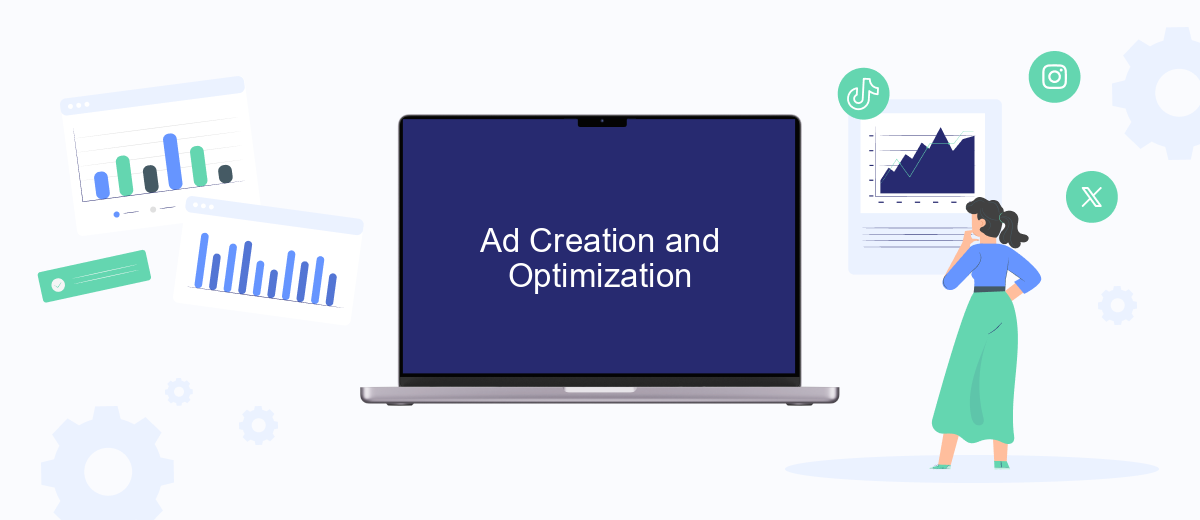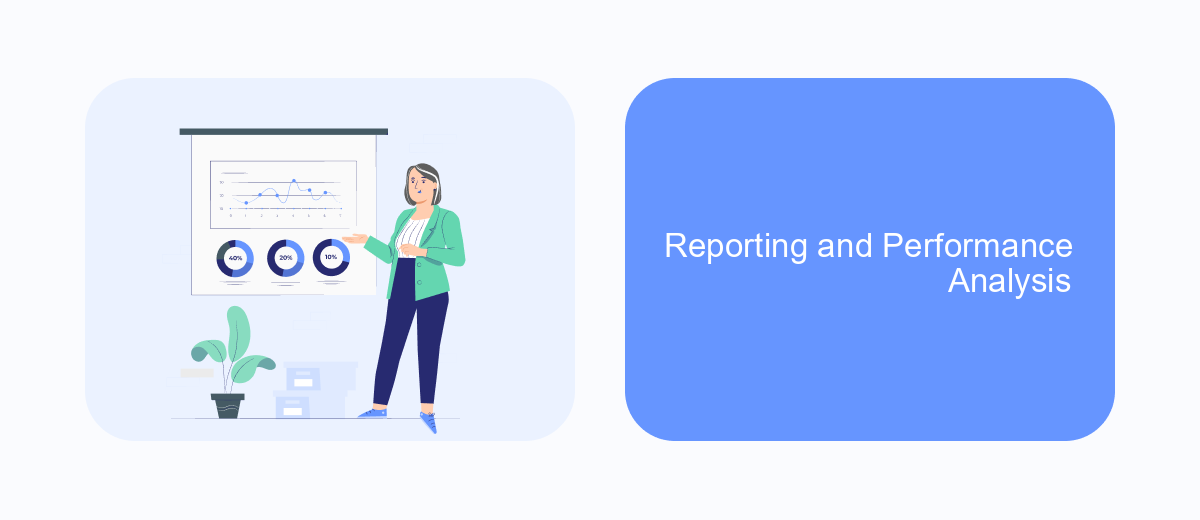Managing Facebook Ads for multiple clients can be a complex yet rewarding endeavor. As digital marketing continues to evolve, businesses increasingly rely on skilled professionals to optimize their ad campaigns. This article explores essential strategies and tools to streamline the process, ensuring each client's unique goals are met efficiently. From understanding diverse target audiences to tracking performance metrics, discover how to master the art of multi-client ad management.
Client Onboarding and Setup
Successfully onboarding a new client for Facebook Ads management is a critical step in ensuring a smooth and effective advertising campaign. The process begins with understanding the client's business goals, target audience, and budget. It's crucial to establish a clear line of communication and set expectations from the outset to avoid any misunderstandings.
- Conduct a comprehensive discovery call to gather essential information about the client's business.
- Review existing Facebook Ads accounts and analyze past performance data.
- Set up a shared project management tool for transparent communication and task tracking.
- Define key performance indicators (KPIs) to measure campaign success.
- Ensure all necessary access and permissions are granted for account management.
Once the initial setup is complete, it's important to maintain ongoing communication with the client. Regular updates and reports should be provided to keep them informed about campaign progress and any adjustments made. This collaborative approach helps build trust and ensures that the advertising strategy aligns with the client's evolving business needs.
Campaign Planning and Strategy

Effective campaign planning and strategy are crucial when managing Facebook Ads for multiple clients. Start by understanding each client's unique goals, target audience, and budget constraints. Conduct thorough market research to identify trends and competitor activities that can influence your strategy. Develop a detailed plan that outlines the campaign objectives, key performance indicators (KPIs), and timeline. This plan should be flexible enough to accommodate any changes in the client's needs or market conditions.
Once the strategy is in place, focus on optimizing ad performance through continuous monitoring and adjustments. Use data-driven insights to refine targeting, ad creatives, and bidding strategies. Consider leveraging tools like SaveMyLeads to streamline data integration and automate lead management, ensuring a seamless flow of information between Facebook Ads and your client's CRM systems. This integration can enhance the overall efficiency of your campaigns, allowing you to focus on strategic decision-making and delivering exceptional results for your clients.
Ad Creation and Optimization

Creating and optimizing ads for multiple clients on Facebook requires a strategic approach. It's essential to tailor each ad to align with the unique goals and brand identity of each client. Start by conducting thorough research to understand the target audience and competitive landscape for each client. This will inform the ad creative and messaging, ensuring it resonates with the intended audience.
- Define clear objectives for each client's campaign, such as brand awareness, lead generation, or sales.
- Develop compelling ad creatives that include eye-catching visuals and persuasive copy tailored to each client's brand.
- Utilize Facebook's targeting options to reach the right audience segments for each client.
- Implement A/B testing to determine which ad variations perform best and refine them accordingly.
- Continuously monitor ad performance metrics and adjust strategies to optimize results.
Optimization is an ongoing process that requires regular analysis and adjustments. By leveraging data-driven insights, you can refine targeting, messaging, and bidding strategies to maximize the effectiveness of each client's ads. Stay updated with Facebook's latest advertising tools and trends to ensure your strategies remain competitive and effective in achieving your clients' objectives.
Reporting and Performance Analysis

Effective reporting and performance analysis are crucial for managing Facebook ads across multiple clients. Regularly reviewing campaign data helps identify trends, optimize strategies, and demonstrate value to clients. By leveraging Facebook's robust analytics tools, marketers can gain insights into what's working and what needs adjustment.
Creating detailed reports that are easy to understand is essential for maintaining transparency with clients. These reports should highlight key performance indicators (KPIs) that align with the client's business goals. Regular communication ensures that clients are informed about the progress and effectiveness of their ad campaigns.
- Track metrics such as click-through rates (CTR), conversion rates, and return on ad spend (ROAS).
- Use visual aids like graphs and charts to present data clearly.
- Provide actionable insights and recommendations based on data analysis.
- Schedule regular meetings to discuss performance and adjust strategies as needed.
By consistently analyzing performance and reporting findings, marketers can optimize ad campaigns to achieve better results. This proactive approach not only enhances client satisfaction but also strengthens the agency-client relationship, fostering trust and long-term collaboration.


Scaling and Long-Term Management
Scaling Facebook Ads for multiple clients requires a strategic approach that balances personalization with efficiency. Begin by analyzing each client's performance data to identify successful campaigns and areas for improvement. Utilize automation tools to streamline ad management processes, ensuring timely updates and consistency across all accounts. Regularly review and adjust targeting parameters to align with evolving audience behaviors and market trends, maximizing reach and engagement. Collaboration with clients is crucial; maintain open communication channels to understand their goals and adapt strategies accordingly.
Long-term management involves continuous optimization and integration of new technologies. Implementing platforms like SaveMyLeads can simplify lead generation by automating data transfers between Facebook Ads and client CRM systems, ensuring seamless communication and real-time updates. Monitor campaign performance metrics closely, and be proactive in testing new ad formats and creative strategies to keep content fresh and engaging. By fostering a culture of innovation and adaptability, you can build sustainable ad strategies that deliver consistent results and drive growth for your clients over time.
FAQ
How do I manage multiple Facebook ad accounts efficiently?
How can I automate reporting for multiple clients?
What are the best practices for setting budgets for multiple clients?
How can I ensure data privacy and security while managing multiple clients?
What tools can help streamline the integration of Facebook Ads data with other platforms?
What do you do with the data you get from Facebook lead forms? Do you send them to the manager, add them to mailing services, transfer them to the CRM system, use them to implement feedback? Automate all of these processes with the SaveMyLeads online connector. Create integrations so that new Facebook leads are automatically transferred to instant messengers, mailing services, task managers and other tools. Save yourself and your company's employees from routine work.
